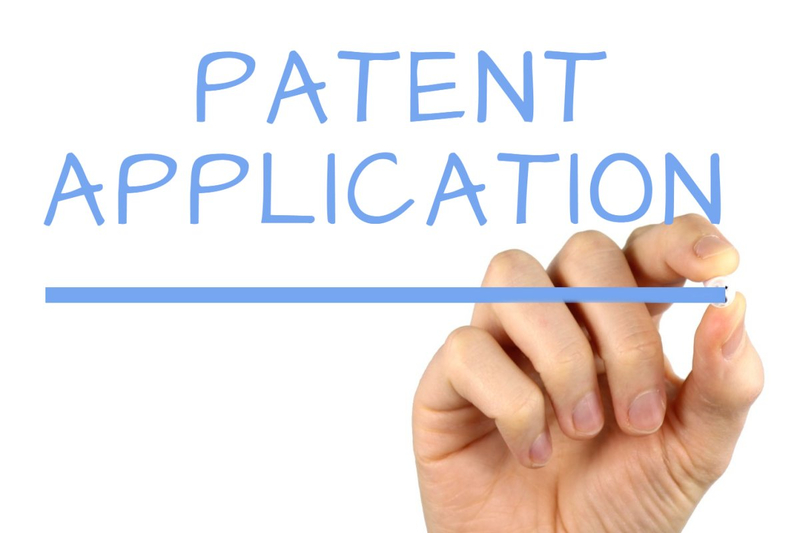A patent is an effective method of protecting your innovative ideas. A patent can provide you with sole ownership and gives you the opportunity to decide to sell, distribute or manufacture it. A patent can protect your business, ensure no one replicates the idea, or make certain you are compensated for others using the patent. Furthermore, patents can change the world and you may just be remembered as the person who initiated that change.
The is a two part post on a step by step guide of how you can patent your idea.
Step 1: Patent Qualification
Entrepreneurs, graduates, and even college students have many ideas that can change the world and reap profits – but all of them cannot be patented. For any idea, service, process, product or invention, to be patented, it must meet certain qualifications.
☑ New: Is this idea the first of its kind?
☑ Useful: Does it actually work and does it serve a purpose?
☑ Non-Obvious: Is this an obvious variation of a known device?
The first two qualifications, new and useful, are the most easy to meet. If nobody else has created the exact same invention, then your invention is likely new. If your invention serves a purpose, then it is useful. The difficult qualification is non-obvious as it requires that your invention be ingenious in a way that would not be considered obvious by people manufacturing in the same field.
Step 2: Patent Search
Now that you have a product or process that can be patented, you move on the next step, which is a patent search. Why is a patent search necessary? Technically, it is not. However a patent search can give you an idea of what patents/applications have already been filed in the same area. It can provide you with an understanding of the probability of successfully obtaining an issued patent.
The Canadian Patent Database is massive and it will be impossible to go through each and every patent. It is important to narrow down your search parameter by:
- Industry
- Product Type
- Product Keywords
Any thorough patent search utilizes multiple databases such as:
Identify all the patents that are similar to yours. This is a crucial factor if you want your patent to NOT be confused with registered patents.
Step 3: Write your Patent Application
You can access information regarding patent applications from the Canadian Intellectual Property Office (CIPO). How your patent application is written is an important factor during examination of your patent application and will be a determining factor in whether or not you will be successful in obtaining a patent.
Here are some tips for preparing a patent application.
Be Clear
Ensure that each line you write communicates the information in a clear, precise and accurate manner.
Include Drawings and Images
Have professionally drawn illustrations of the product or device. The drawings should be precise so that the reviewer gets an accurate understanding of it works. If you have a prototype or beta version, share images. Ensure the product photographs is professionally taken. CIPO has several guidelines on attaching drawings to the patent application.
The Description
The description is the crux of your patent application.
- The challenge is to highlight the problems faced in the field and how your patent is able to solve them. You may do so by referring to previous inventions.
- Each and every aspect of your patent should be described and explained thoroughly.
- Cite examples of how your patent can be used in the real world.
Complete Claims
The claims section sets out the legal framework that protects your invention. You need to form a legal description to protect the invention. This should be done carefully as this legal description could be used in a court case to prevent any other entity from utilizing your patent or could prevent you from successfully claiming infringement.
These are the first three steps to patent your idea. In our next post we will discuss, submitting your patent application and the review process.
Whether it is a patent search or writing the patent application, it is advisable that you have a professional guide you, as there are many nuances that an amateur is not aware of. That’s exactly what we offer at Prowse Chowne. We will be able to offer assistance in registering your invention as a patent.

